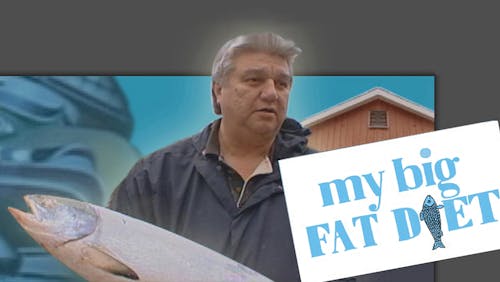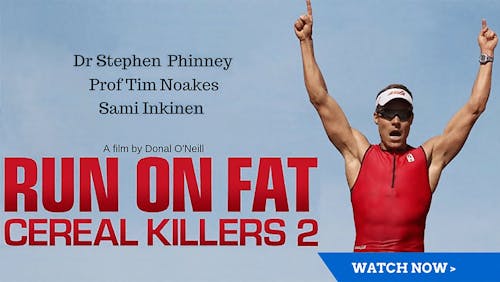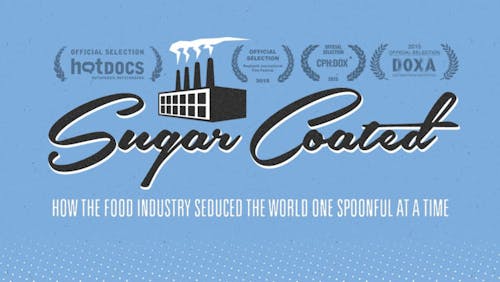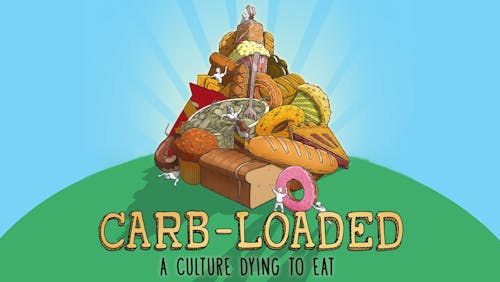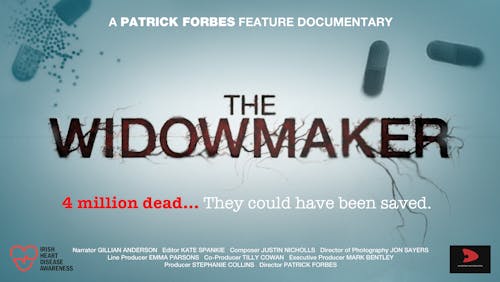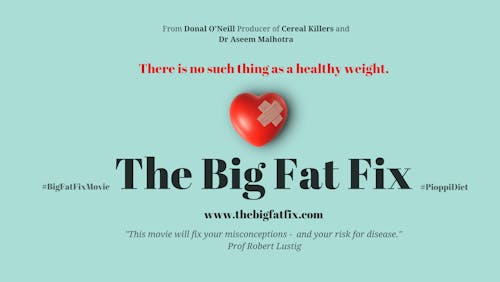Sacred Cow review: a bold, transparent look at the case for better meat
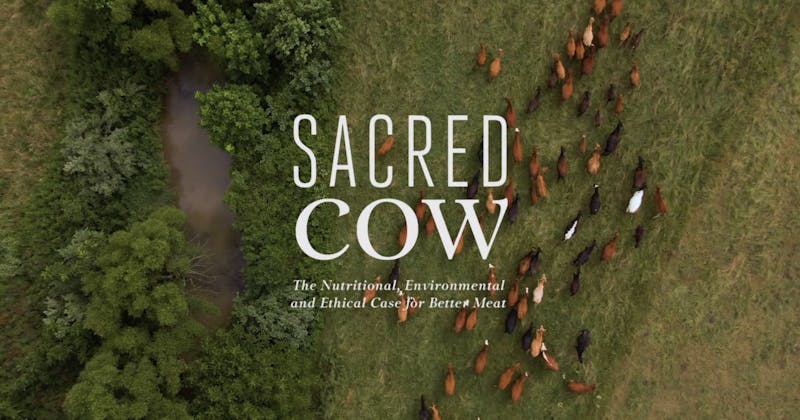
A new documentary, Sacred Cow, is being released this month. The film looks at the nutritional, ethical, and environmental case for creating better meat. Here, you’ll get to read our complete review of the film and learn about our upcoming Sacred Cow screening for DD members.
Sacred Cow review
Sacred Cow opens with an extended sequence filmed at an acclaimed Belgium butcher shop called Dierendonck.
Sides of beef hang from the ceiling and various cuts age in walk-in cold rooms. Master butcher Hendrik Dierendonck expertly carves slabs of meat as he describes his company’s ethical philosophy, his respect and love for animals and their origin, and his outright passion and delight in all that he does.
The sequence ends with a large, juicy cut of beef being seared, seasoned, and sliced up, then shared among appreciative diners. You can almost hear their lips smacking as they dig in.
That opening struck me as a bold and courageous choice, yet likely a controversial one for filmmaker Diana Rodgers, a dietitian and regenerative farmer who also blogs at Sustainable Dish.
For anyone squeamish about the pure fleshiness and blood of meat, the film pits meat’s goriness against its deliciousness right from the start.I wondered, will it entice or repel viewers for a film that’s all about the raging debates — as well as the opportunities and advances — swirling around our global meat production?
Yet, it was butcher Dierendonck’s own words during that sequence that go right to the heart about what is powerful in the way Sacred Cow presents the issues.
“I want to make everything transparent,” Dierendonck says. “People tell me, ‘Don’t do it! Don’t show it!’ because people don’t eat meat anymore…. But no…. Let’s put the meat in front, and let’s show them.”
And that’s what Rodger’s does in her provocative film. She puts the meat right in front, and she shows us the good, the bad, the ugly, and the hopeful. She doesn’t shrink from the problems or give overly simplistic, propaganda-like solutions. Instead, she presents a transparent, clear-eyed view of all the messiness and complexities of producing and eating meat — and indeed food — in the modern world.
And she presents a path forward. As narrator Nick Offerman, best known for his role in the TV show Parks and Recreation, says: “ What if the very animals we’re fighting about are a piece of fixing what’s broken?”
Sacred Cow shows what’s broken — the modern, chemical-heavy agriculture combined with the rise of highly processed food — that since the 1950s has increasingly separated animals from crops, and humans from how our food is created, in an industrialized system devoid of Nature’s regenerative power.And the key to fixing them, as set out in the film’s narrative arc, is putting animals and crops back together in a holistic cycle through the practices of regenerative, ethical agriculture. Doing so is good for human health, the animals, the soil health, and the planet, the film argues.
But even the farmers that the film features, who are doing the regenerative agriculture, and the butchers selling their products, clearly demonstrate that this is no simple undertaking.
The film is a companion piece to the book, Sacred Cow: The case for (better) meat, that Rodgers wrote with best-selling paleo author Robb Wolf. We reviewed that book in July 2020 here. And Dr. Bret Scher also discussed the issues with Rodgers on the Diet Doctor podcast in August 2020. It covers the same ground.
Along with Wolf, the film features some faces and personalities familiar to the low-carb or regenerative agriculture community: Nina Teicholz, Peter Ballerstadt, Chris Kresser, Frank Mitloehner, Lierre Keith, Joel Salatin, and more.
At times, I wondered if the film, as it travels the world, tried to take on too much — that the scope of nutrition, ethics, and the environment was simply too broad for one 80-minute film. Would those who are not convinced that a better way is possible be able to follow the arguments as the movie jumped from one topic to the next?
I have written about these issues in my three-part series for Diet Doctor, “The green keto meat eater,” and I know how complex they are. As an engaging, visually appealing summary, the film works, but it will just be a starting point for many viewers. They will have to dig deeper to understand the full range of the intertwining issues covered in Sacred Cow. Rodgers’ and Wolf’s book is a good place to start.
What stayed with me was the transparent presentation and the dedicated front-line individuals who shared their stories and perspectives: the young farmers around the world applying the principles of ethical, regenerative agriculture; the Mexican rancher showing the desertification of once-thriving land beside his regenerated landscape.
One enlightening and hopeful sequence featured the proprietors of a holistic, nose-to-tail Berkeley, CA, butcher shop. They courageously and openly engaged with vegans who demonstrated for months outside their storefront, trying to bridge the divide.
The female butcher says to the camera: “The majority of meat produced in this country is under such abhorrent conditions. We both are making reactions to the same evil. We just have different choices how to do it.” It was one of many inspiring moments in the film.
While it is possible to eat a low-carb diet and be a vegetarian, if you are a low-carb meat eater who cares not only about your own health and wellness but also about the health of the soil, the plants, the animals, and the planet, it is a must-watch film.After viewing Sacred Cow, I made a special detour to my local butcher shop that sells only ethically raised products from nearby regenerative farms. It wasn’t as cheap or convenient as picking up a steak wrapped in plastic and styrofoam from the supermarket. But in a small way, it felt like I was a tiny part of the solution.
